
- Home
- India
- World
- Premium
- THE FEDERAL SPECIAL
- Analysis
- States
- Perspective
- Videos
- Sports
- Education
- Entertainment
- Elections
- Features
- Health
- Business
- Series
- In memoriam: Sheikh Mujibur Rahman
- Bishnoi's Men
- NEET TANGLE
- Economy Series
- Earth Day
- Kashmir’s Frozen Turbulence
- India@75
- The legend of Ramjanmabhoomi
- Liberalisation@30
- How to tame a dragon
- Celebrating biodiversity
- Farm Matters
- 50 days of solitude
- Bringing Migrants Home
- Budget 2020
- Jharkhand Votes
- The Federal Investigates
- The Federal Impact
- Vanishing Sand
- Gandhi @ 150
- Andhra Today
- Field report
- Operation Gulmarg
- Pandemic @1 Mn in India
- The Federal Year-End
- The Zero Year
- Science
- Brand studio
- Newsletter
- Elections 2024
- Events
- Home
- IndiaIndia
- World
- Analysis
- StatesStates
- PerspectivePerspective
- VideosVideos
- Sports
- Education
- Entertainment
- ElectionsElections
- Features
- Health
- BusinessBusiness
- Premium
- Loading...
Premium - Events
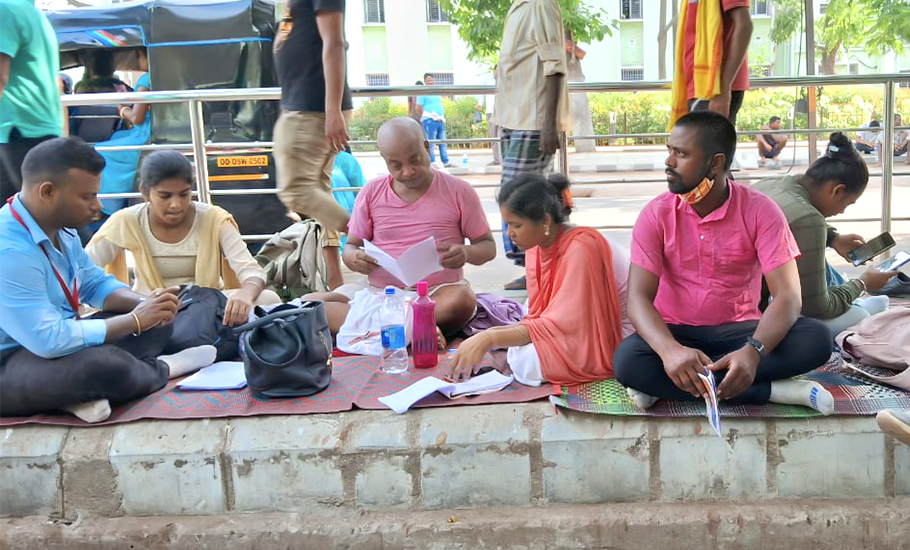
Who helped the Odisha train victims after PM Modi and Minister Vaishnaw left Balasore

The cameras have long left Balasore, Odisha’s coastal district, since one of India’s deadliest train accidents claimed 288 lives and left hundreds injured, on June 2. The demands for the resignation of Railways Minister Ashwini Vaishnaw have ceased and the minister is back to posting videos of work on rail tracks and Jagannath Rath Yatra on his social media handles. Prime Minister...
The cameras have long left Balasore, Odisha’s coastal district, since one of India’s deadliest train accidents claimed 288 lives and left hundreds injured, on June 2. The demands for the resignation of Railways Minister Ashwini Vaishnaw have ceased and the minister is back to posting videos of work on rail tracks and Jagannath Rath Yatra on his social media handles.
Prime Minister Narendra Modi, who won rich praises for visiting the accident site the morning after the accident took place, braving the heat and sweat, has moved on to winning the praise for being in the US and leading the International Yoga Day celebrations which set the world record for people of most nationalities doing Yoga together.

The pain of the kin of those who lost lives and the living who lost limbs lingers. But 56-year-old Madhusudan Das is busy ensuring the healing process doesn’t stop.
It’s around 1.30 in the afternoon. Clad in his trademark white full-sleeve shirt and shorts with a khadi bag hanging casually from his shoulder, Madhu Bhai, as he is popularly known, tries to meet every member of the crowd of roughly 60-odd people, including a few women. They are all family members of the passengers who sustained grievous injuries in the Odisha tragedy involving three trains.
With their loved ones under treatment at Cuttack’s SCB Medical College and Hospital (SCBMCH), the relatives have been camping outside different wards and ICUs since the day the fateful accident took place, braving heat, sweat and trauma.
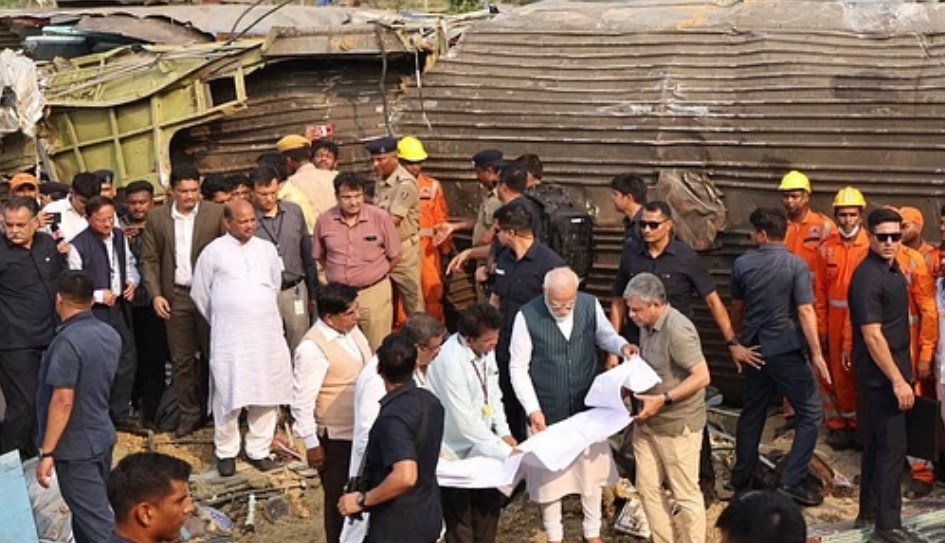
A majority of them hail from Bihar, West Bengal and Jharkhand while some belong to Madhya Pradesh, Odisha and even Nepal. The sense of anxiety and apprehension on their faces is unmissable. Their eyes wear a sadness and open to tell the tale of nights spent without sleep.
With the media attention having shifted as quickly as it had descended, Madhu Bhai and his team of 10 volunteers, including four women, is nothing less than a godsend for them.
Of the 205 injured admitted to SCBMCH, 45 victims, including 12 in the ICU, are still under treatment. According to a senior official of the hospital, the condition of two patients in the ICU remains critical. Meanwhile, four of the accident victims have succumbed to injuries at this hospital dragging the death toll to 292.
Also Read | Odisha train accident | Dissent note defies ‘signal failure’ claim in probe report
Madhu has been so preoccupied taking care of the needs of the victims and their families that he has missed his daily doses of insulin more than once despite suffering from acute diabetes. Nor has he found enough time to spend with his 81-year-old, ailing mother. The octogenarian suffered a brain stoke, her second, last month.
The good Samaritan has, however, chosen to keep his personal problems aside for now. “We will be here till the last injured person is discharged from the hospital,” he told The Federal.
This isn’t the first time Madhu Bhai has given precedence to helping others, nor is his work limited to Odisha. Since the 1999 Odisha super cyclone, Madhu Bhai has worked with and for the victims of every tragedy, be it a natural disaster such as cyclone, earthquake, flood and draught or manmade disasters such as riots in Gujarat (2002), Kandhamal (2008) or Delhi (2020). He intends to visit the conflict-ridden pockets of Manipur soon.
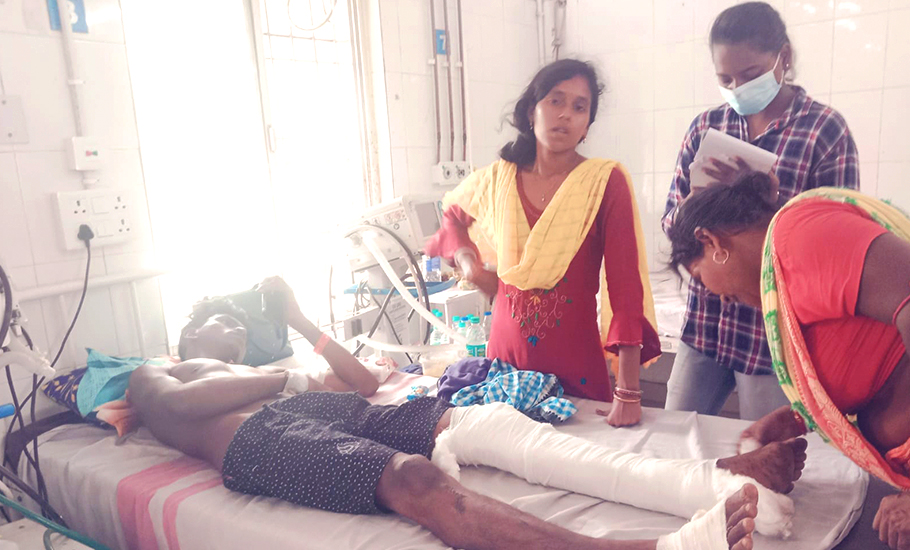
Once in disaster spot, Madhu Bhai mobilises resources and motivates volunteers, turning them into committed activists, to help victims. Together they have strived hard against all odds to bring a change in the lives of the affected people.
Of course, post a hard day of work, Madhu doesn’t forget to indulge his colleagues with some fun. He sings aloud motivational songs and the volunteers join in chorus. This is their way of fighting stress and keeping their spirits high for the next day.
“Music helps in bonding and mobilising people for a cause. Madhu has mastered the art of writing, composing and performing musical numbers for such purposes,” says former bureaucrat Aurobindo Behera.
A couple of decades ago, as Odisha’s rural development secretary, Behera had got Madhu Bhai on board in the sanitation campaign led by his department. “Volunteers play a critical role in last-mile connectivity and reaching the unreached, which is difficult for the governments to ensure,” Behera, who is credited for giving shape to Odisha’s Disaster Management Authority (OSDMA), tells The Federal.
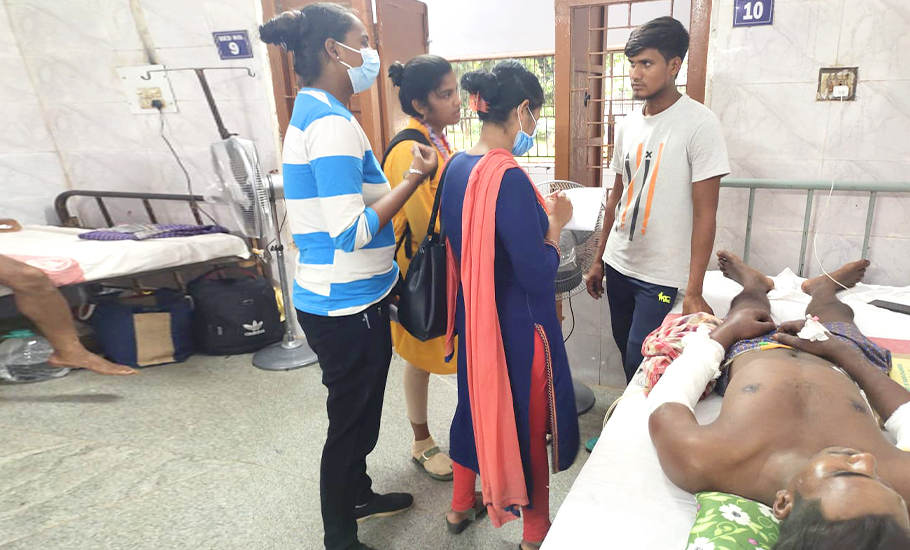
Incidentally, within hours after the horrific tragedy on rail tracks at the Bahanaga Bazar station under Balasore district, a consortium of 32 NGOs including National Youth Project (NYP), Natya Chetana, Aaina, Open Learning Systems (OLS), AMURT, swung into action under the banner of Citizen Actions Response (CAR). The operation has been coordinated by Centre for Youth and Social Development (CYSD).
The teams included, among others, counsellors, psychologists as well as experts in the field of disability and sectors that help rehabilitation of accident victims. In Balasore, as some CAR volunteers looked after the disposal of dead bodies, another team collected contact information of the victims and informed their families.
They also assisted the local administration in managing the thousands of people who were frantically searching for their loved ones. Many of them escorted the relatives to different hospitals where the injured passengers were receiving treatment.
As the critically injured had been shifted to SCBMCH, Madhu left Balasore for Cuttack.
Also Read | Odisha train accident: The bigger tragedy today is the health of Indian Railways
“We did a quick assessment of the immediate and long-term needs of the injured people. A database of those severely injured was created. Their needs such as hygiene, nutrition, counselling and medication for those discharged were also documented in assistance with the hospital. The same has been shared with NGOs operating in the respective states from which the victims hailed and returned,” Dr Mamata Pradhan of Natya Chetana informed.
Chinmayiee Behera, a volunteer, claims that many who had lost their limbs were given wheel-chairs, walkers and the required assistance. Whenever a family is taking back a victim after treatment food packets are provided so that they have a comfortable journey.
However, for these volunteers, the first 10 days following the accident, were extremely challenging. Family members of some victims had assembled early, while many more arrived subsequently. But all of them were in a state of shock.
In between the running around and keeping a tab on the condition of the injured, Madhu’s team counselled the traumatised relatives for days together. Soon, they discovered that many of these relatives, like the father and wife of Bajrangi Thakur (22), didn’t have even the money to buy food. So, cash assistance to the extremely needy ones was extended so that they could meet their basic daily expenses.
Though, families of most of those at SCBMCH had received compensation cheques worth Rs 2 lakh from the Railways, only a few could encash the same. Some of them told The Federal that they would deposit the cheques once they returned home.
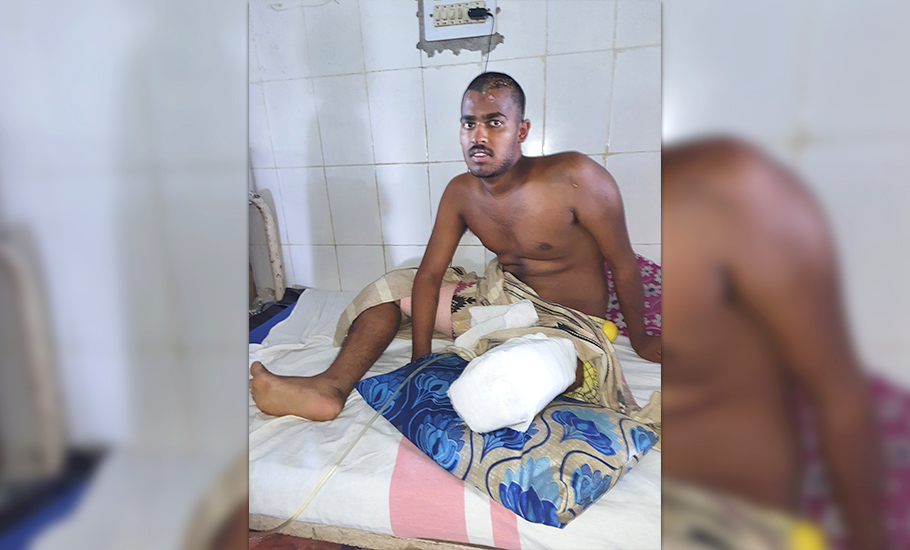
As per an East Coast Railway staff, only two of the severely injured passengers — both lying unconscious — are yet to receive their cheques.
In the orthopedic ward, Bajrangi with heavy bandages wrapped around his left thigh, stares aimlessly. Son of a landless barber, Bajrangi was returning to his village Bhithwa in Bihar’s Banka district. After eight days of unsuccessful search for a job in Bangalore, he had boarded the 12864 (SMVB-HWH) Yesvantpur-Howrah Superfast Express on June 1.
Due to the unbearable heat in the crammed general compartment, he had, with much difficulty, found some space near one of the doors.
Days after the accident, when Bajrangi regained consciousness at the hospital, he couldn’t believe that his leg had been amputated. Wiping his face with a piece of wet cloth, Bajrangi’s wife, Birma Devi whispers, “Till last night, he was screaming in frustration, even attempted to hit himself. Luckily, he is calmer today.”
Given the condition of his leg, Bajrangi is unlikely to leave the hospital bed anytime soon. However, the injuries on his head have begun to heal.
Meanwhile, death of the four injured has left the activists alarmed.
“The doctors and support staffs need to step up their efforts and pay more attention to these victims. Imagine the condition of the family members who have lost their loved ones and also the income they brought in. Don’t forget that they are struggling in an unfamiliar place, far away from their homes,” Madhu says.
Former Odisha information commissioner and CYSD’s co-founder Jagadananda echoes Madhu’s sentiments. “The Railways and the state government should immediately form a board of specialists from AIIMS and the SCBMCH for case to case monitoring. A treatment plan of the train accident victims should be prepared,” Jagadananda said.
A young doctor, on duty at the central ICU of SCBMCH, however says, “Right from the moment the patients arrived, we have been trying our best. For us, each life is precious. We have done the very best.”
